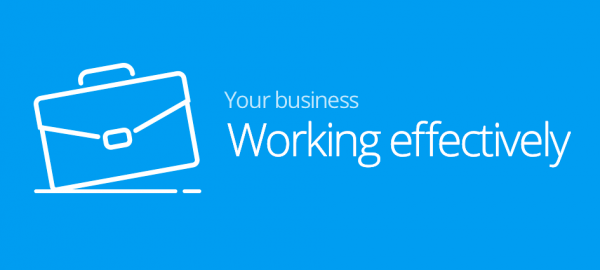Most of us know the feeling of a full inbox, with emails constantly being sent and received. The time taken to read and respond to your inbox can be lengthy, causing other important activities to suffer. However, getting a grip on your business email inbox with these five useful tips allows you to make the most of email as the useful communication tool that it is, without your other tasks taking a back seat.
Check Your Inbox Regularly
Regularly checking your emails throughout the day is an effective way of keeping your inbox manageable. However, constantly checking your emails can interrupt your workflow and become a distraction. Therefore, it’s best to check your inbox at set points throughout the day. You can use software which allows you to only receive messages at certain points of the day, or alternatively, you can turn off any audible or visual alerts.
Make your colleagues aware that you will only be checking your inbox at certain times and advise them to contact you via instant message if it’s urgent.
Use the Two-Minute Rule
The Two-Minute Rule is a concept from Getting Things Done author David Allen. If an email will take less than two minutes to read and respond to, then deal with it immediately. The idea behind this rule is centred on the assumption that if it takes two minutes or less to read and respond, this will ultimately be quicker than reading the email, storing it away and coming back to it at a later date.
For emails which will take longer, schedule a time on your calendar, or to-do list and highlight or star messages which a response, so you remember to come back to them.
Organise your business email inbox
It may sound obvious, but one of the most beneficial elements of actively managing your business email account is organising your inbox. To achieve this, you could create folders such as ‘Archives’, ‘For reference’ and ‘Action Items’. Alternatively, you may choose to create a separate folder for each project you are working on, or for each of your clients. This approach also makes locating emails easier, saving you having to look through your entire inbox.
Use ‘Rules’ to filter messages
Once you have created your folder system, the next step is to ensure that your incoming messages are automatically sorted. To achieve this, a number of business email clients including Gmail and Outlook allow you to create ‘Rules’ which sort emails into specific folders as soon as they come in. This removes the need for you to manually file your emails, saving time and giving you a manageable inbox.
Talk to Colleagues
Another way of limiting the volume of emails you receive is simply to ask your colleagues to send you less, particularly if they regularly send you lengthy messages. Ask that they give you a call, or meet in person to discuss anything which would be longer than a paragraph in email format and explain that this would be a more efficient use of time for both of you.
Get rid of any generic email addresses
If you’re a business and after reading these tips you’ve discovered you’re still using a generic email address like Gmail or Yahoo, it might be time to consider switching it up for a professional email address to match your business name. It really doesn’t cost an arm and a leg and can do wonders for your business presence.
